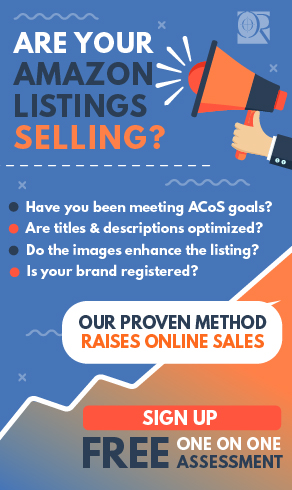Google Shopping Campaigns – Is It An Easier Way to Promote Your Products?
 Google recently introduced its new Google Shopping Campaign, an approach, they say, that makes product-management far more retail centric and easier for you to sell and promote your products online. But does it live up to their claims?
Google recently introduced its new Google Shopping Campaign, an approach, they say, that makes product-management far more retail centric and easier for you to sell and promote your products online. But does it live up to their claims?
How does Google Shopping Campaign work? With Google Shopping Campaigns, retailers can organize their online inventory in much the same way they’d organize their inventory in a brick and mortar store. This is done through product groups.
Creating a product group requires you to simply browse through your product inventory within AdWords, and determine what makes sense to group together. If you sell clothes, you’d likely create a product group for pants, one for shoes, and another for shirts (and so on). In reality, you’d likely create even more specific groups, such as “jeans,” “polo shirts,” etc.
In order to easily create product groups, you’ll use the product attributes from your data feed, including:
- Product category
- Product type
- Brand
- Condition
- Item Id
- Custom labels
Custom Labels
Custom labels are a new way to tag your products in your feed. You can label your products any way you see fit, such as with the term “margin” to separate high-margin and low-margin products.
Once your product group is formed, you’ll be able to pinpoint the right bid for your product, track the progress of sales and uncover data about your product trends.
With Shopping Campaigns, you get access to really in-depth data on your products, which you can view through your product or product attribute. You can also filter results of your data by your product attributes.
From this data you can optimize and restructure your campaigns by creating an even more focused product group. For example, if you notice that boot-cut jeans are selling high, you may want to create a separate product group for that, and place a new, specific bid, just for that high-performing product.
Competition’s Data
One of the best ways to stay ahead of your competition is to know exactly what they’re up to. With Shopping Campaigns, you can add benchmark columns that give you an estimated average CTR and Max CPC for other advertisers who have closely related products to yours.
And, in the near future, Google promises to offer an “impression share column” that will give you insight into the opportunity you lost out on due to insufficient bids and budgets.
Again, this is just providing you even more data to help you shape your marketing strategies down the road.
Best Practices
In order to make the most of your Google Shopping Campaign, there are some best practice suggestions you should put into place.
- Firstly, you should make sure your data feed is error free and optimized.
- You also want to set up negative keywords for your campaigns so that your products don’t appear in poor-performing or irrelevant searches.
- Always use high-quality images and strong content that highlights your unique selling point and speaks to the customer.
Where There’s More Data, There’s More Work
You can’t complain when you’re given access to even more data, or are provided yet another approach to promote your products. But the truth is all of these changes, while potentially beneficial in the long run, require manpower and time in order to understand, master, and implement. Most businesses don’t have that luxury. But not having time or resources to get it done shouldn’t prevent you from making the most from Google’s new Shopping Campaigns. OperationROI can help you determine how to use Shopping Campaigns in your current marketing strategy. Call us at 1-888-277-5429 or fill out our contact form to learn more about how we can help you with your Shopping Campaign.







Google’s New Shopping Campaigns. See how this new campaign choice in Adwords could effect your marketing strategy. – https://t.co/O3VIf5qkhw
The new Google Shopping Campaigns: What is it? How does it work? How will it effect my current marketing strategy? – https://t.co/P0SdpcHPJy